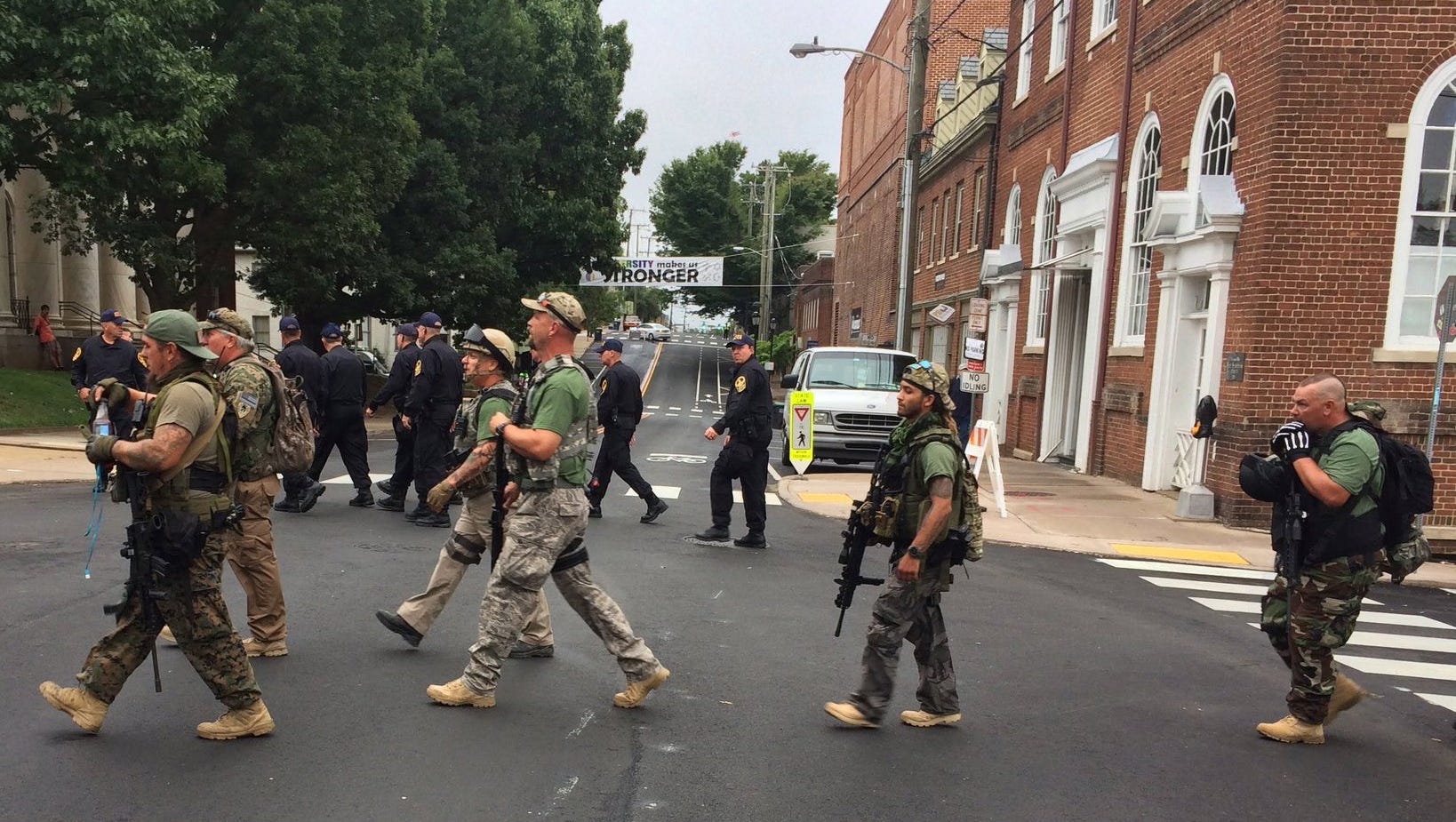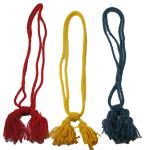
Emperor Napoléon III abolished the infantry shako for active service and replaced it with the kepi on 30 July 1870. In 1870, when troops were mobilized for the Franco-Prussian War, large numbers of French soldiers either refused to wear the issued shakos or threw them away. The kepi became well known outside France during the Crimean War and was subsequently adopted in various forms by a number of other armies (including the U.S. Subsequent designs reduced the size of the cap and introduced chinstraps and buttons. The visor was generally squarish in shape and oversized and was referred to as bec de canard (duck bill). Called bonnet de police à visière, this was the first proper model of the kepi. In 1852, a new soft cloth cap was introduced for campaign and off-duty.

As a light and comfortable headdress, it was adopted by the metropolitan (French mainland) infantry regiments for service and daily wear, with the less practical shako being relegated to parade use.

These were intended as alternatives to the heavier, cloth-covered leather French Army shako. Its predecessor originally appeared during the 1830s, in the course of the initial stages of the occupation of Algeria, as a series of various lightweight cane-framed cloth undress caps called casquette d'Afrique. The kepi was formerly the most common headgear in the French Army. In North America, it is usually associated with the American Civil War, as it was worn by soldiers on both sides of the conflict.ġ942 portrait of General Charles de Gaulle of the Free French Forces wearing a kepi French army – history General Boulanger wearing a kepi c.1880 In Europe, this headgear is most commonly associated with French military and police uniforms, though versions of it were widely worn by other armies during the late 19th and early 20th centuries. In English, the term is a loanword of French: képi, itself a re-spelled version of the Alemannic German: Käppi, a diminutive form of Kappe, meaning "cap". The kepi ( English: / ˈ k ɛ p iː/ or / ˈ k eɪ p iː/) is a cap with a flat circular top and a peak, or visor. For the town in Indonesia, see Kepi, Indonesia.

This article is about the military headgear.


 0 kommentar(er)
0 kommentar(er)
